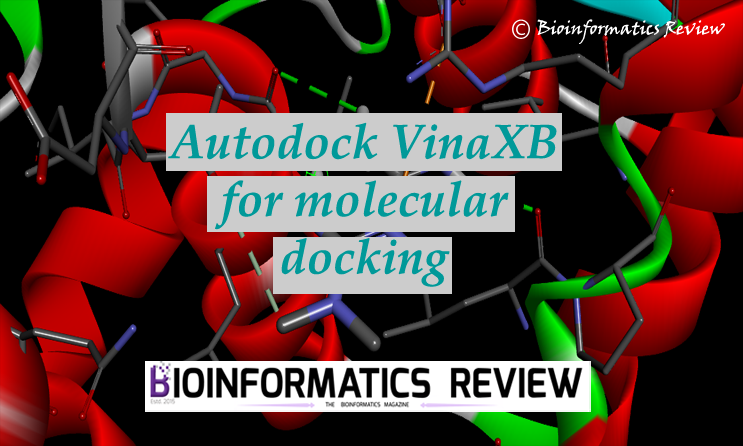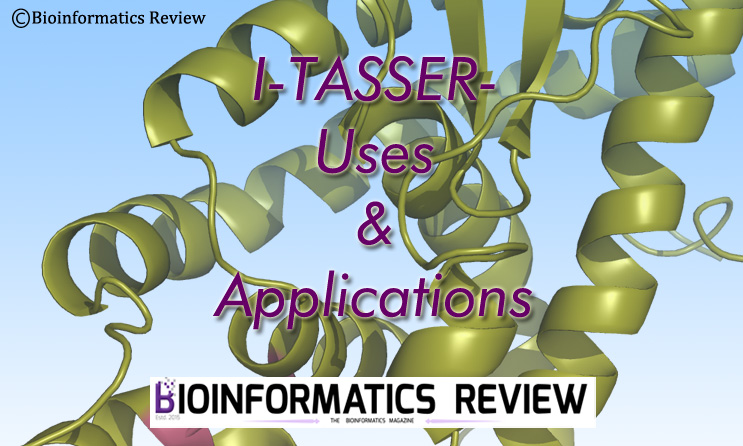Molecular docking is the most widely used technique which is used to predict the binding affinities and bound conformations of a ligand and protein complex. Autodock Vina [1] is one of the most widely used docking software for structure-based drug designing.
Halogen bonding interactions exist between the protein and ligands containing halogens [2]. Protein data bank (PDB) [3] contains more than 200 entries of such protein complexes. This halogen bonding is used for lead optimization in rational drug design [4]. Most of the docking software do not include halogen bonding in their scoring functions and therefore, unable to successfully predict the bound conformations for such complexes.
For this purpose, Autodock Vina has implemented a new halogen bonding scoring function called XBSF in a new Vina program known as Autodock VinaXB [5]. It even provides better results than Vina [5].
Installation
The installation of Autodock VinaXB is very simple. First, download the executable and then run it. The executable can be downloaded from here and the source code can be downloaded from here for Mac, Linux, and Windows as well.
For Linux users, if you have trouble using the executable as it is, then, enter into the directory where you have downloaded the file, open a terminal (Ctrl+Alt+T) and type the following commands:
$ cd Downloads
$ chmod +x VinaXB
Run VinaXB
Autodock VinaXb has as same command-line arguments as Autodock Vina, just replace vina with VinaXB as follows:
$ ./VinaXB --config conf.txt --log log.txt
Same goes with Windows, just use vinaXB.exe instead of vina.exe in the command prompt.
References
1. Trott, O., & Olson, A. J. (2010). AutoDock Vina: improving the speed and accuracy of docking with a new scoring function, efficient optimization, and multithreading. Journal of computational chemistry, 31(2), 455-461.
2. Auffinger, P., Hays, F. A., Westhof, E., & Ho, P. S. (2004). Halogen bonds in biological molecules. Proceedings of the National Academy of Sciences, 101(48), 16789-16794.
3. Bank, P. D. (1971). Protein data bank. Nature New Biol, 233, 223.
4. Sirimulla, S., Bailey, J. B., Vegesna, R., & Narayan, M. (2013). Halogen interactions in protein-ligand complexes: implications of halogen bonding for rational drug design. Journal of chemical information and modeling, 53(11), 2781-2791.
5. Koebel, M. R., Schmadeke, G., Posner, R. G., & Sirimulla, S. (2016). AutoDock VinaXB: implementation of XBSF, new empirical halogen bond scoring function, into AutoDock Vina. Journal of cheminformatics, 8(1), 27.





